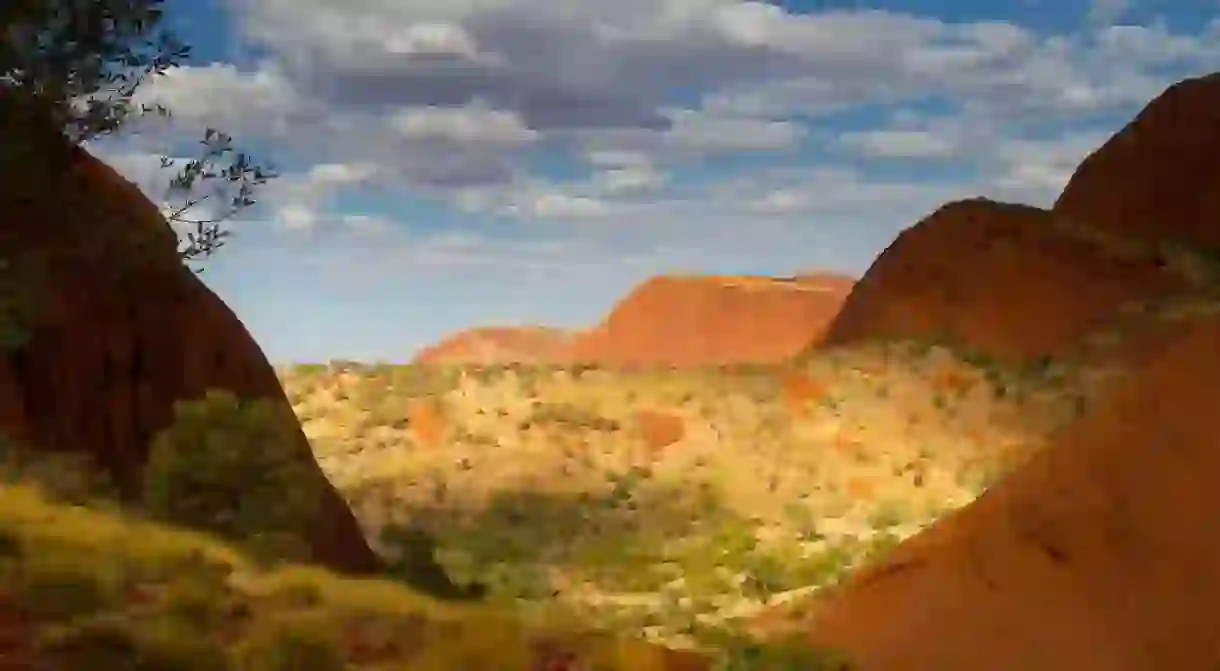How to Prepare For a Trip to Australia's Outback

Some of Australia’s most striking natural landscapes, a swag of wild native animals, tracts of ochre red earth as far as the eye can see – the charm of the Australian outback is obvious. But the searing temperatures, vast distances and unforgiving terrain means that preparation is paramount before your visit. Follow these eight tips to make sure your road trip to Australia’s outback goes off without a hitch.
Master the basics
There are a few basic skills that either you, or someone in the group you’re travelling with, needs to know. How to drive a 4WD, for one. How to change a tyre and perform some basic vehicle maintenance, too. Then there’s reading a map, starting a fire, pitching a tent – there’s a lot of things the isolation of the outback asks you to do for yourself. If you’re not the handy type and this all sounds like too much work, it’s safer to stick to a tour and let the guide worry about the nitty gritty.

Timing is everything
It’s impossible to overstate just how vast the outback is. The popular road trip from Adelaide to Alice Springs via Uluru takes in some 2000km – about as far as driving from Istanbul to Berlin – while the journey from Sydney to Perth covers almost 4000km, roughly the same as Madrid to Moscow. So make your itinerary realistic, rather than forcing yourself to navigate hundreds of kilometres of untamed terrain every day at breakneck pace – it’s not practical, safe, nor enjoyable. Bush fires and flash flooding also cause snap road closures so it’d be smart to allow yourself a couple of buffer days just in case.
Use the right vehicle
The dry, flat terrain you’ll find around Central Australia – like the bitumen Lasseter and Stuart Highways connecting Alice Springs and Uluru – can be tackled by a regular sedan, but the moment you wander off the beaten track, you need to invest a few extra dollars in hiring a 4WD. The uneven gravel roads, corrugated dirt tracks, and muddy creeks you’ll encounter in places like the Gibb River Road in the Kimberley region of Western Australia and the Ruby Gap Nature Park in the Northern Territory simply demand a more serious off-road vehicle.

And make sure it’s in good nick
The vehicle is your most important part of equipment so take it to a mechanic to get serviced before you hit the road, leaving enough time to fix any problems. Then there’s a checklist of things you ought to tick off yourself: check the oil, charge the battery, tighten loose bolts and screws, examine the suspension, and prepare two spare tyres. A few spare parts, extra wiring and cable ties – plus a knowledge of how to use them – is also handy.
Know where you’re going
There’s not much reception in the middle of Whoop Whoop so downloading some offline maps to your phone or tablet, or even better, renting a GPS is essential. And there’s even a navigation method that doesn’t sap precious battery: a good old fashioned map and compass. It’s a long way between stops so plan your campsites, petrol fill-ups, and food shops ahead of time.

Stay in touch
Of course, the harsh Australian outback can undermine even the best laid plans, so be prepared for an emergency with a well stocked first aid kit – containing compression bandages, aspirin, adhesive strips, disinfectant and burn cream – as well as renting a satellite phone in case of a serious drama in a very remote area. Don’t rely on mobile reception, which is only really available on Telstra SIMs and patchy even on well worn outback routes.
Pack smart
Just think what Goldilocks would pack if she was road tripping the Aussie outback: not too much, not too little, but just enough. You need to carry 5L of water per person per day plus a couple of 10L bottles as back-up, as well as season-specific clothes (remember that Central Australia gets extremely chilly at night), a stove, a lamp, and your photography gear. Stock up on non-perishable food – biscuits, tinned goods, nuts, seeds – in supermarkets in bigger towns, too, to avoid getting price-gouged in the middle of nowhere. Don’t pack too much, though, because overburdening your car subjects it to unnecessary stress, chews up more petrol, and increases the risk of overturning on difficult terrain – especially if you’ve stacked all the extra baggage up high on the 4WD’s roof rack.
Mind the locals
It’s many overseas visitors’ dream to encounter native Aussie animals in the wild – but despite their cuteness, kangaroos and emus present a serious driving hazard in the bush. Roos, in particular, are infamous for darting out in the middle of the road at dusk so try to avoid being behind the wheel at that time of day. Instead, make an early start in the cool of the morning, drive in bright daylight, set up your camp while it’s still light then appreciate the beauty of a glowing red outback sunset – minus the risk of an unfortunate encounter with Skippy.














